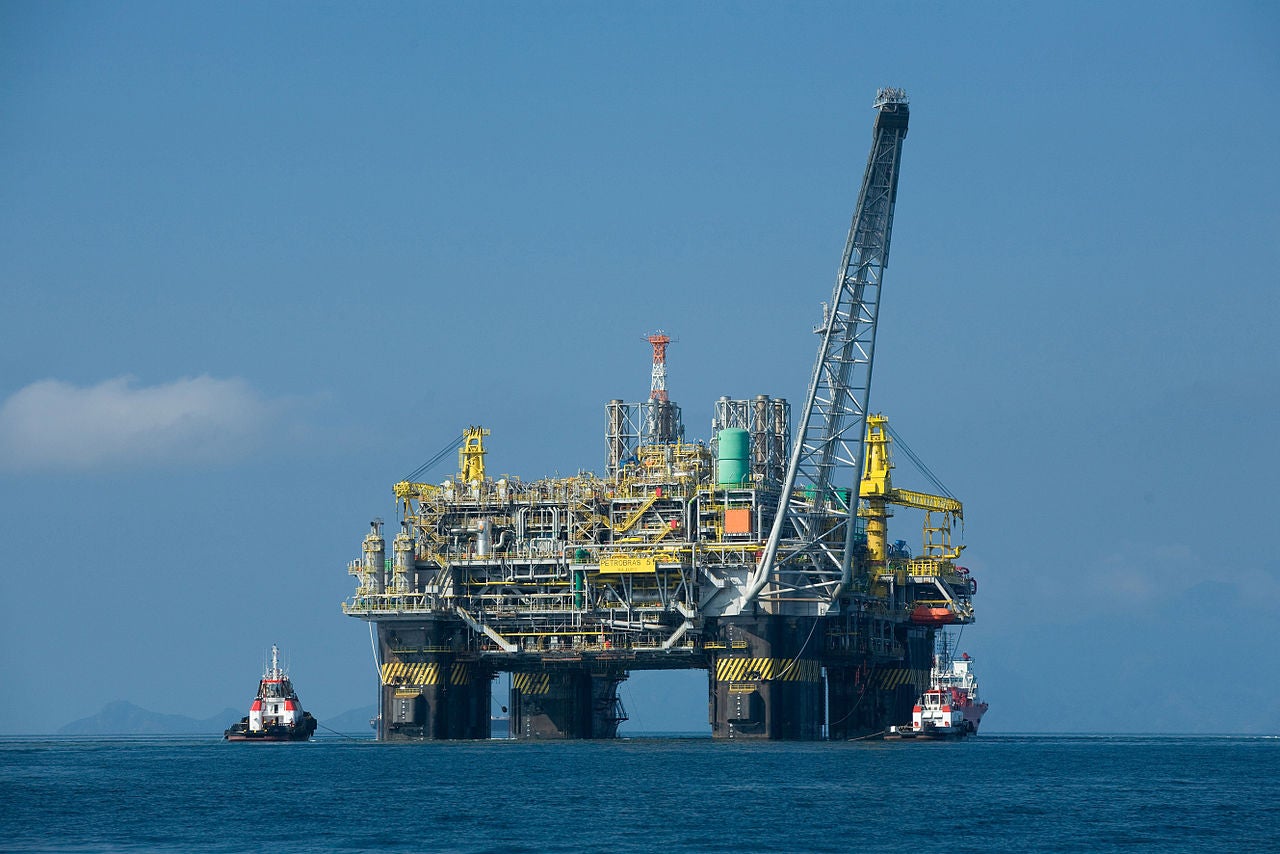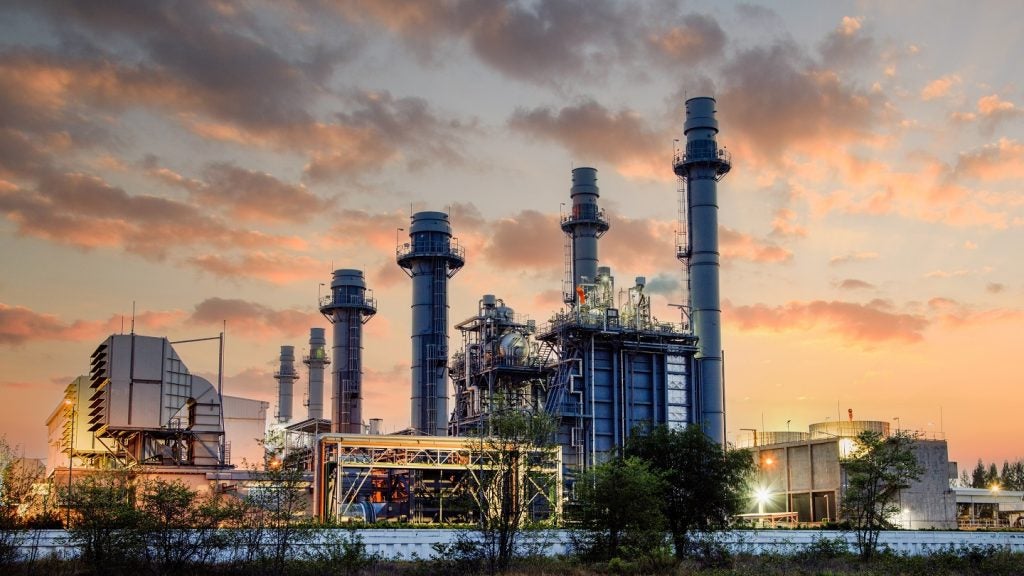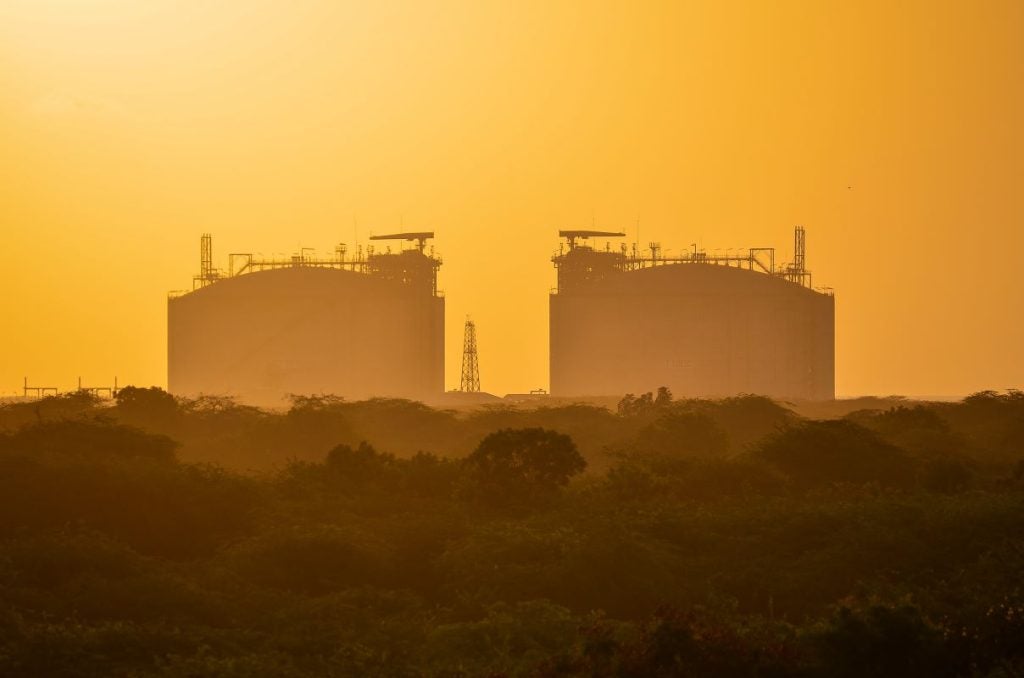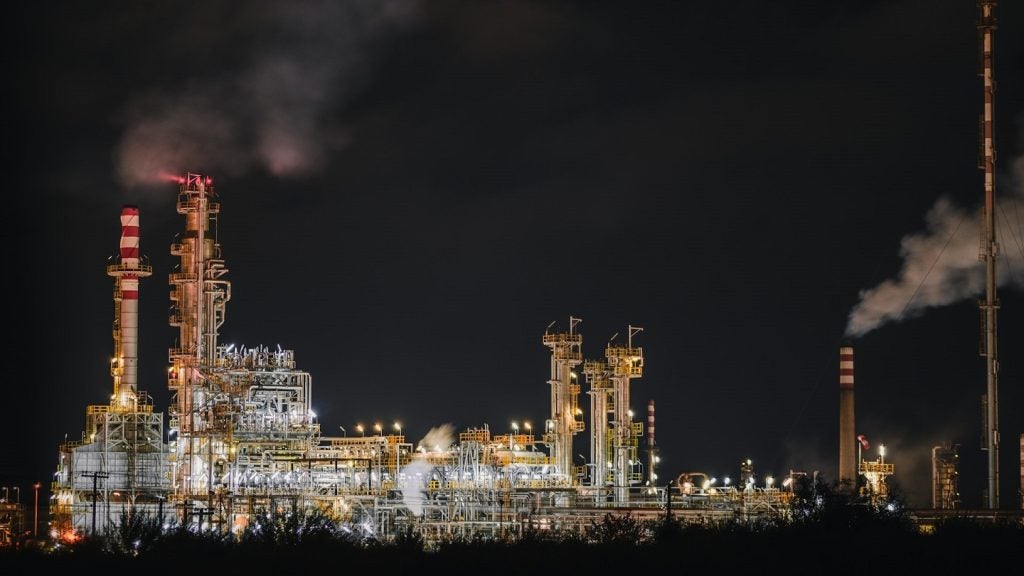
Brazil’s Petrobras has started oil and natural gas production from the FPSO Carioca in Sépia field located in the Santos Basin pre-salt.
The field is located about 250km off the coast of Rio de Janeiro, Brazil, at a water depth of approximately 2,200m.
The Carioca floating production storage and offloading (FPSO) vessel is capable of processing 180,000 barrels per day (bpd) of crude oil, 212 million standard cubic feet of gas per day, and 240,000 barrels of water injection per day.
Chartered from Modec, the platform also has a storage capacity of 1.4 million barrels of crude oil.
The project involves the interconnection of seven producing wells and four injection wells to the Carioca FPSO vessel.
Petrobras said that oil production from the FPSO will be transferred by offloading vessels whereas gas production will be transported via the pipeline routes.
How well do you really know your competitors?
Access the most comprehensive Company Profiles on the market, powered by GlobalData. Save hours of research. Gain competitive edge.

Thank you!
Your download email will arrive shortly
Not ready to buy yet? Download a free sample
We are confident about the unique quality of our Company Profiles. However, we want you to make the most beneficial decision for your business, so we offer a free sample that you can download by submitting the below form
By GlobalDataAdditionally, the project is integrated with a system designed to remove CO₂ from the gas produced.
The captured CO₂ will be reinjected into the reservoir to reduce emissions while improving its oil recovery.
The Sépia field forms part of Sépia shared reservoir, which also includes the Sépia Leste field, located in the Transfer of Rights and Concession (BM-S-24) areas.
Petrobras operates BM-S-24 with a 97.6% stake while Galp Energia’s subsidiary Petrogal Brasil owns the remaining 2.4% interest.
The Modec-built Carioca FPSO vessel will be deployed at the Sépia field for a period of 21 years.
Last month, Petrobras divested its stake in the Rio Ventura cluster in the Brazilian state of Bahia to 3R Rio Ventura for $96.9m.
The cluster consists of eight fields, namely Água Grande, Bonsucesso, Fazenda Alto das Pedras, Rio Pojuca, Tapiranga, Pedrinhas, Pojuca, and Tapiranga Norte.







